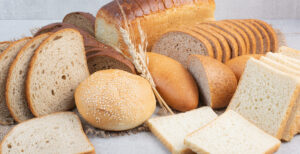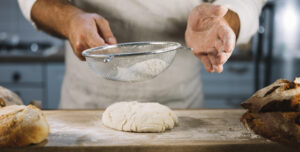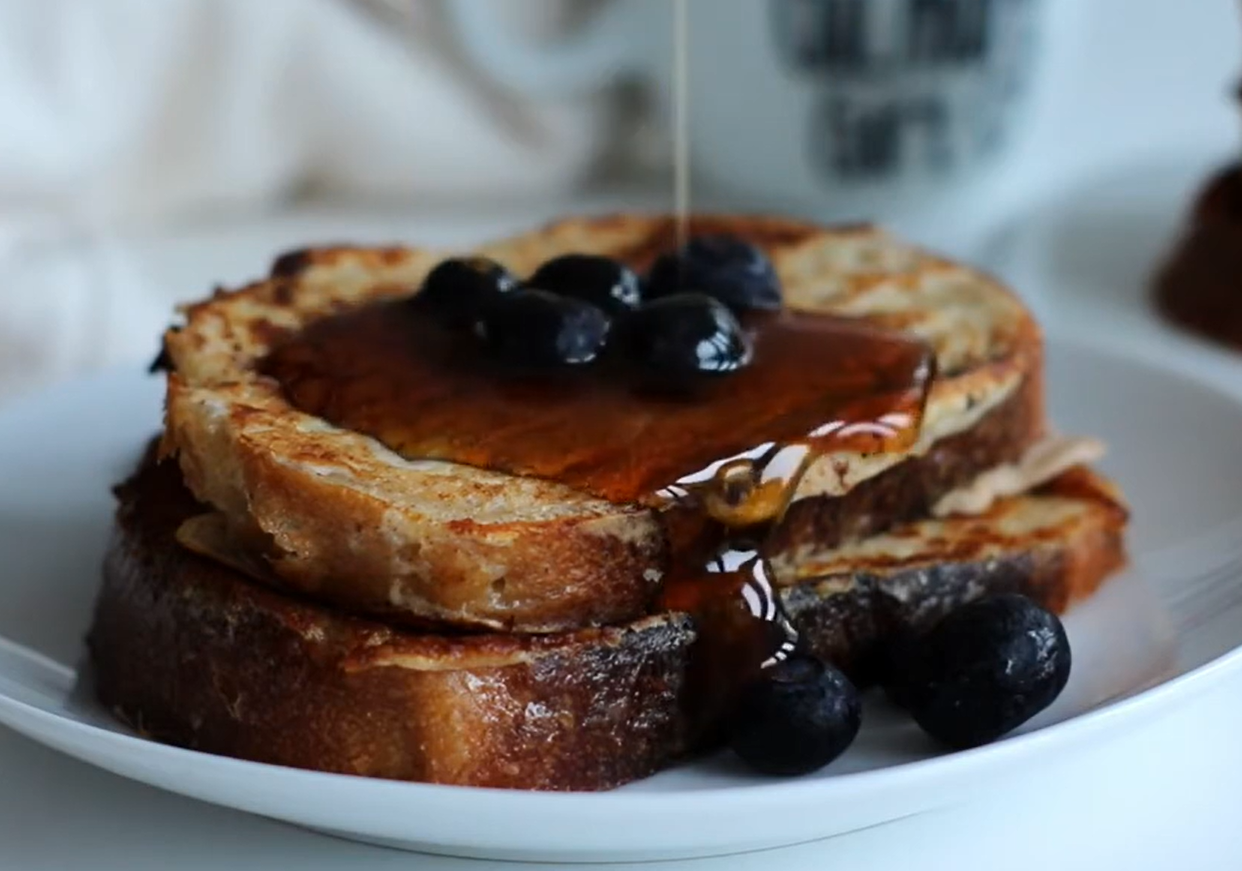French toast is a beloved breakfast dish that has been enjoyed for centuries across various cultures. Whether you like it crispy, soft, or somewhere in between, the bread you choose can make or break your French toast. But what exactly makes the best bread for French toast? Let’s dive into the options that will elevate your next breakfast experience.
Why Bread Matters in French Toast ?
When it comes to making French toast, the bread is just as important as the egg mixture. The right bread will absorb the egg mixture well without becoming overly soggy, and it will fry to a perfect golden brown while remaining tender on the inside. Therefore, this balance is crucial for creating French toast that is both delicious and satisfying.
For a detailed guide on achieving the perfect French toast, check out French Toast Perfection Tips from Food Network. Moreover, understanding the science behind how different types of bread interact with the egg mixture can also be enlightening. Learn more about this at Science of French Toast from The Kitchn.
Bread Selection Criteria for French Toast.
When selecting the best bread for French toast, firstly, consider the following criteria:
- Texture: Look for bread with a firm crumb that can hold up to soaking but remains tender when cooked.
- Absorption Capacity: The bread should absorb the egg mixture well without becoming soggy.
- Flavor Compatibility: Choose bread that complements the flavors of the egg mixture and your chosen toppings.
- Availability: Additionally, sometimes the best bread is the one you can easily find at your local bakery or grocery store.
Top Types of Bread for French Toast.

Here’s a closer look at some of the best bread options for making French toast:
Brioche
Brioche is a rich and buttery bread that is often considered the gold standard for French toast. Because of its tender crumb and slightly sweet flavor, it makes an excellent choice for a decadent breakfast.
Challah
Similarly, challah is a slightly sweet bread that is light, fluffy, and absorbs the egg mixture beautifully. Its braided structure also adds an attractive texture to your dish.
French Baguette
On the other hand, for a more rustic French toast, a French baguette can be a great option. Its crusty exterior and chewy interior create a unique texture that is both crispy and soft.
Sourdough
Sourdough brings a tangy flavor that contrasts well with sweet toppings like maple syrup or fresh berries. Its sturdy texture makes it a great choice for those who prefer a heartier French toast. For more ideas on using sourdough, see how to make the perfect sourdough French toast.
Texas Toast
In contrast, Texas toast is known for its thick slices, making it perfect for soaking up the egg mixture without falling apart. It’s a versatile option that works well with a variety of toppings.
Croissant
For a truly decadent treat, try making French toast with croissants. The buttery, flaky texture of croissants adds a luxurious twist to the classic recipe.
Cinnamon Raisin Bread
If you’re looking to add a bit of spice to your French toast, cinnamon raisin bread is a fantastic choice. The raisins add a burst of sweetness, while the cinnamon provides a warm, spicy flavor.
Banana Bread
Banana bread is a unique option that brings a sweet, fruity flavor to your French toast. It’s a great way to use up leftover banana bread and create a breakfast that feels indulgent and special. If you enjoy fruity variations, try making French toast with this pumpkin banana loaf for an autumnal twist.
Preparation Tips for the Best French Toast.

To make the best French toast, follow these preparation tips:
- Egg Mixture: Use a ratio of one egg to 1/4 cup of milk. Add flavor with a pinch of cinnamon and a splash of vanilla extract.
- Soaking Time: Soak each slice of bread for about 20-30 seconds per side to ensure it absorbs the egg mixture without becoming overly saturated.
- Cooking Techniques: Fry the bread in a buttered skillet over medium heat until golden brown on each side. To avoid soggy toast, cook slowly to allow the inside to set while the outside crisps up.
- Toppings and Variations: Classic toppings include maple syrup, powdered sugar, and fresh berries. For a creative twist, try adding whipped cream, nuts, or even savory toppings like bacon.
FAQs.
-
What is the Best Thickness for French Toast Bread?
A thickness of about 3/4 to 1 inch is ideal. This allows the bread to absorb the egg mixture while maintaining its structure during cooking.
-
Can I Use Stale Bread for French Toast?
Yes, using slightly stale bread is actually preferable as it absorbs the egg mixture better without becoming too soggy.
-
What’s the Best Milk to Use in the Egg Mixture?
Whole milk is typically the best choice as it provides a rich texture, but you can also use cream or a dairy-free alternative if desired.
- How Do I Prevent French Toast from Being Soggy?
To avoid soggy French toast, make sure not to over-soak the bread, and cook it slowly over medium heat so the inside cooks through without burning the outside.
-
Can French Toast Be Made Ahead of Time?
Yes, you can prepare French toast ahead of time and reheat it in the oven or toaster. This is especially convenient for busy mornings or when cooking for a crowd.
Troubleshooting Common Issues.
- Soggy French Toast: If your French toast is too soggy, reduce the soaking time and make sure your pan is properly heated before cooking.
- Undercooked Centers: If the center of your French toast is undercooked, try using thicker bread slices and cooking at a lower temperature for a longer period.
- Burnt Edges: If your French toast has burnt edges, your pan may be too hot. Reduce the heat and cook the toast more slowly.
Health Considerations and Dietary Alternatives.
For those looking for healthier options, consider using whole grain bread or a gluten-free alternative. For a vegan version, substitute the eggs with a mixture of almond milk and cornstarch or a plant-based egg replacer.
Finding Your Perfect Bread.
In conclusion, the best bread for French toast depends on your personal preferences and the flavor profile you’re aiming for. Whether you choose brioche for its richness or sourdough for its tang, the key is to experiment and find what works best for you. With the right bread and preparation techniques, you’ll be well on your way to making the perfect French toast every time.


29 thoughts on “What is the Best Bread for French Toast ?”